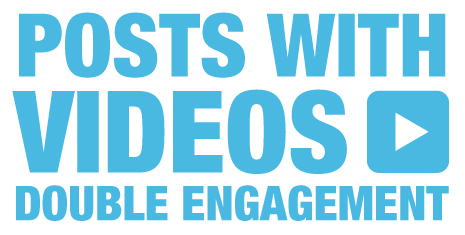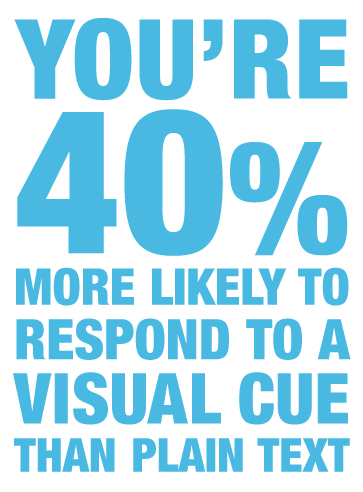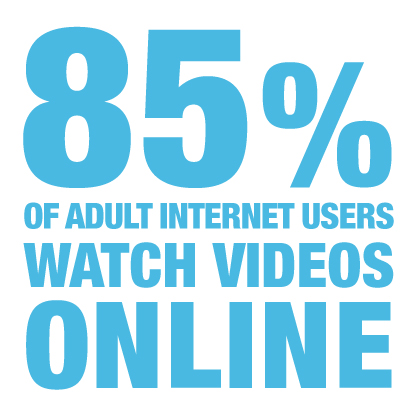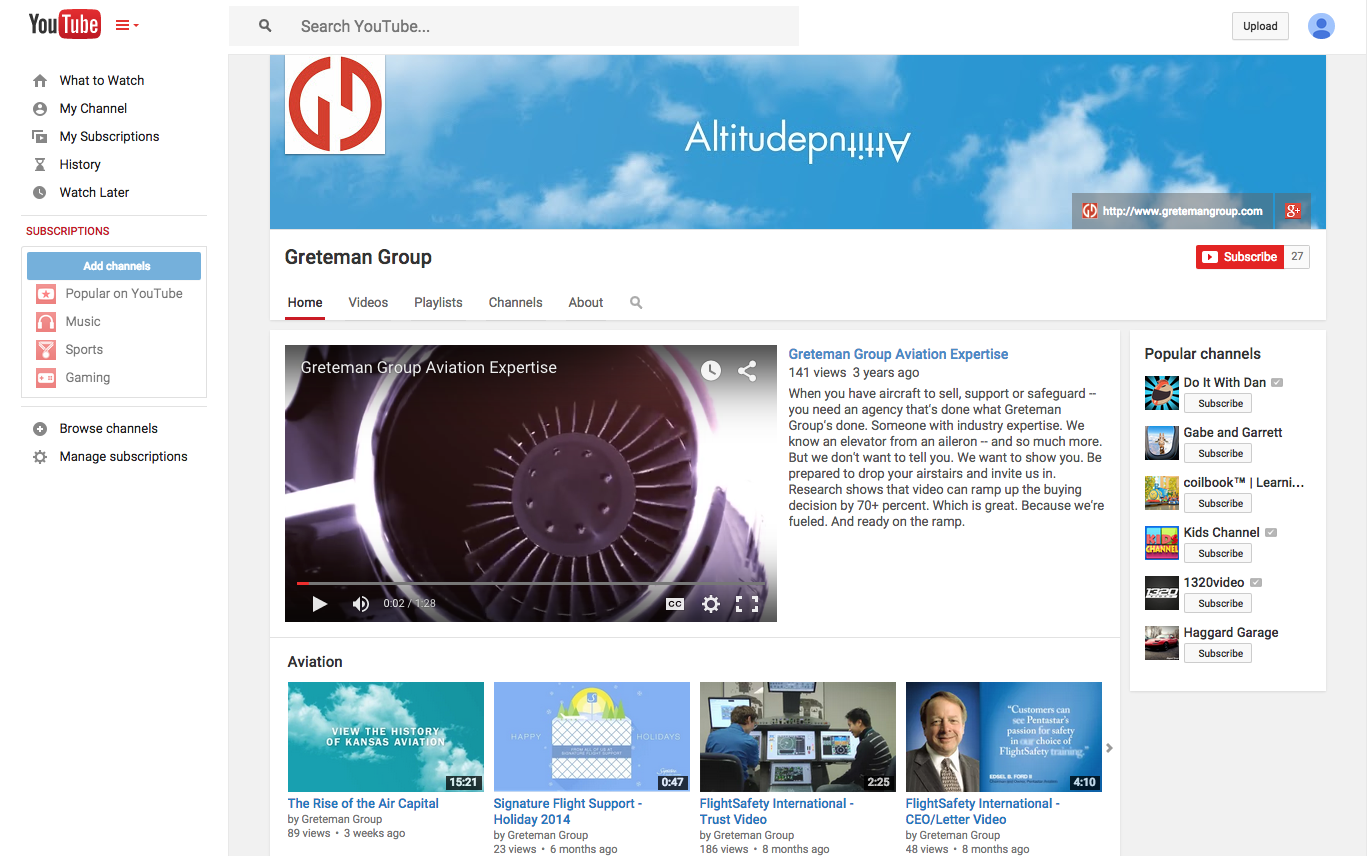YouTube or Vimeo? Use Both.
07.08.15 · Greteman Group
 What you may not have caught is how these videos are being served. And that’s important. They can be hosted directly on a website. This lets you customize the player’s look to match the rest of your site, eliminate ads, control what videos are seen in a playlist and look sharp.
What you may not have caught is how these videos are being served. And that’s important. They can be hosted directly on a website. This lets you customize the player’s look to match the rest of your site, eliminate ads, control what videos are seen in a playlist and look sharp.
But these advantages have a cost. Video gobbles up space and bandwidth, which can mean having to buy more from your hosting provider. As you think about adding video to your marketing mix, you can avoid those fees – plus gain other benefits – by using online video hosting services.
YouTube or Vimeo offer very popular, mostly free platforms. Each has its advantages. Use a combination of both to get the best from each.
YouTube for Mass Sharing
Put your video on Google-owned, streaming giant YouTube when you want the world to see your stuff. Its massive audience offers more search and sharing. At last count, YouTube was pulling in 800 million unique visitors a month. As I write this, it’s probably added another million. Seriously. 
YouTube has become the video hangout. To be seen, go where the eyeballs already are. This video-dedicated search engine gives you a much greater opportunity to have your video discovered organically. Search is a key YouTube activity. If you want to find a video, you turn to YouTube.
Just go in with your eyes wide open. YouTube gets crazy amounts of video uploaded each and every minute of the day. You see it all. Both in the videos posted and in the totally random, irrelevant and sometimes hateful comments they generate.
Public is the default setting when you upload a video to YouTube, but it’s easy to change the privacy settings. Private makes it viewable only by you. Unlisted lets you share it while keeping it restricted, i.e. unfindable through search. Unlisted videos won’t appear in subscribers’ feeds.
Turn to the smaller (more like 70 million unique visitors a month) Vimeo platform for quality and maximum control. A Vimeo-embedded video on your website looks better because it compresses better. Videos are larger and have less clutter around the frame. So the focus is the video.
A huge plus for viewers (and as a marketer it does hurt a bit to admit this), but viewers are not forced to watch a commercial before your video launches or get distracted by a banner selling this or that. Vimeo has no ads. It lets you control whether to allow other videos to be recommended, what site can embed your video, and if the Vimeo logo  appears when your video posts on another site. Note, YouTube allows you to chose whether or not to monetize your content – so if you don’t want an ad to play before your video, you can set it up not to. Vimeo doesn’t even offer you the temptation.
appears when your video posts on another site. Note, YouTube allows you to chose whether or not to monetize your content – so if you don’t want an ad to play before your video, you can set it up not to. Vimeo doesn’t even offer you the temptation.
Vimeo’s smaller, more targeted audience tends to be genuinely interested in what you have to share. Because Vimeo serves up less fluff, viewers come for more professional content. That’s reflected in the comments, which tend to be more constructive and professional.
You can password-protect your videos and share them discriminately before going public. Simply share the link – and the password.
Have Your Cake and Eat It, Too
It takes a bit more work, but it’s worth it to upload your videos to both YouTube and Vimeo. You probably invested a tidy sum to create highly branded, professional-quality product videos. Make sure they get seen by the right people and the most people – in the best possible way.
This column ran in the July 9 issue of BlueSky Business Aviation News.


